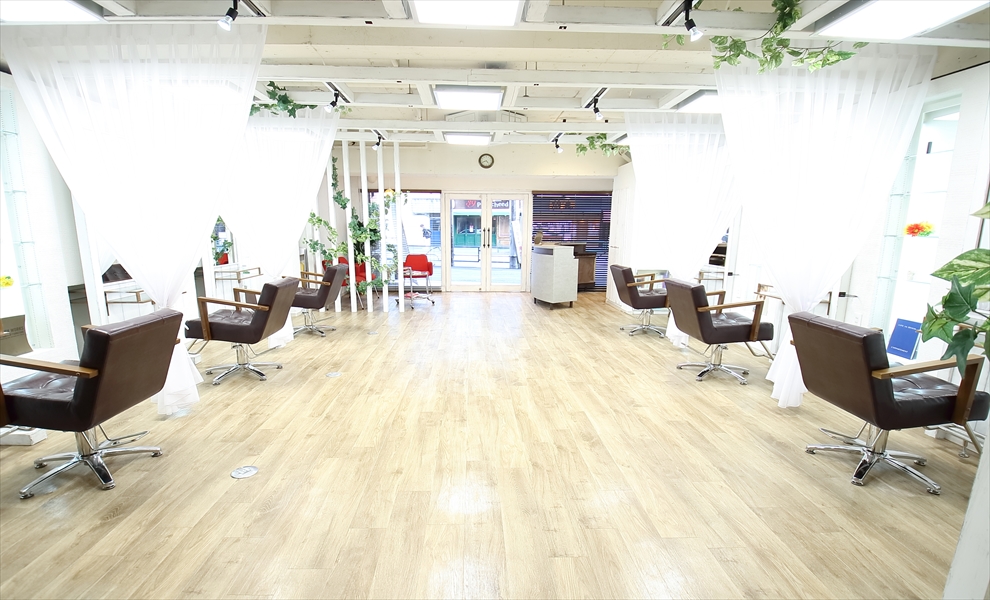Ancient Wisdom: How Durable Materials Shape Modern Designs
Introduction: The Significance of Durable Materials in Human Innovation
Throughout human history, the quest for durable materials has been central to innovation, survival, and cultural expression. Durability, in materials science, refers to a material’s ability to withstand physical, chemical, or biological stress over time without significant degradation. From ancient stone monuments to modern skyscrapers, the resilience of materials underpins the longevity of human creations.
Ancient civilizations harnessed their understanding of durable materials through empirical techniques and cultural symbolism, shaping principles that continue to influence modern design. These early insights reveal a continuous dialogue between tradition and innovation, demonstrating that ancient wisdom remains relevant today.
This article explores how ancient practices with durable materials inform contemporary architecture, medical technology, and cultural symbols. By examining historical examples and their modern counterparts, we uncover lessons that promote sustainability and resilience in today’s designs.
Contents
- The Foundations of Ancient Material Wisdom
- Ancient Techniques and Their Modern Relevance
- The Role of Symbolism and Protection in Material Choice
- Ancient Medical and Surgical Practices as Examples of Material Durability
- Hygiene and Material Durability in Harsh Climates
- Modern Examples of Durable Materials Inspired by Ancient Wisdom
- Non-Obvious Perspectives: Cross-Disciplinary Insights
- Conclusion: Bridging Past and Future in Material Durability
The Foundations of Ancient Material Wisdom
Materials used in ancient times: stone, clay, metals, and textiles
Ancient societies primarily relied on locally available materials such as stone—used in monuments and tools; clay for pottery and bricks; metals like copper, bronze, and iron for tools and weapons; and textiles crafted from natural fibers for clothing and shelter. These materials were chosen not only for their availability but also for their inherent durability, which ensured the longevity of artifacts and structures.
Cultural significance and symbolic meanings attached to materials
Materials often carried symbolic weight. For example, in Ancient Egypt, lapis lazuli and gold symbolized divine power, and the choice of durable stones for tombs and temples reflected eternal life. Similarly, textiles and pigments conveyed status and religious beliefs, embedding cultural identity into material choices—an understanding that continues to influence design aesthetics today.
Lessons learned from durability: preservation and resilience of artifacts
Archaeological discoveries reveal that durable materials like granite and fired ceramics have withstood millennia, offering insights into ancient engineering. These artifacts demonstrate that material resilience depends on composition, treatment, and environmental conditions, informing modern practices in preservation, construction, and material science.
Ancient Techniques and Their Modern Relevance
Craftsmanship and construction methods that emphasized durability
Ancient builders mastered techniques such as ashlar masonry—large, precisely cut stones fitted without mortar—and fire-setting to weaken rocks for easier shaping. These methods maximized structural integrity, with examples like the Egyptian pyramids or Incan stone walls standing resilient for thousands of years.
Examples of ancient structures and tools that have withstood time
| Structure/Artifact | Origin | Material & Technique | Age |
|---|---|---|---|
| Great Pyramid of Giza | Egypt | Limestone blocks, precise fitting | Over 4,500 years |
| Inca stone walls | Peru | Dry stone technique, no mortar | ~500 years |
| Roman aqueducts | Roman Empire | Arches, concrete, durable stone | 2000+ years |
Connecting ancient techniques to modern engineering and architectural design
Modern engineers emulate these ancient methods through advancements like prefabricated stone blocks and dry-stone construction. Techniques such as arch and dome structures derive directly from Roman innovations, ensuring resilience against environmental stresses. These historical precedents underscore the importance of precision, material selection, and craftsmanship in creating durable modern infrastructure.
The Role of Symbolism and Protection in Material Choice
The use of cartouches as protective symbols for royal names
In ancient Egypt, cartouches encased royal names, symbolizing protection against evil spirits and ensuring divine favor. These inscriptions were often crafted from durable materials like granite, signifying permanence and authority. This practice reflects an understanding that certain materials and symbols serve not only structural functions but also spiritual and protective roles.
How symbolic materials and shapes influence modern design aesthetics and functionality
Today, motifs like the Eye Of Horus continue to symbolize protection and health. Its widespread use in jewelry, branding, and protective gear demonstrates the enduring power of symbolic shapes and durable materials in conveying trust and resilience. Modern designers often incorporate such symbols to evoke cultural continuity and psychological reassurance.
Case study: Eye Of Horus as a symbol of protection and its influence on modern protective designs
The Eye Of Horus, originating from ancient Egyptian mythology, was believed to provide safety and health. In contemporary contexts, its image appears in logos, amulets, and even safety gear, emphasizing durability and protection. This demonstrates how ancient symbols, combined with resilient materials like metals and ceramics, continue to inspire modern safety solutions.
Ancient Medical and Surgical Practices as Examples of Material Durability
Insights from the Edwin Smith Papyrus: early understanding of durable materials in surgical tools and techniques
The Edwin Smith Papyrus, dating back to around 1600 BCE, describes surgical instruments made from materials like copper and bronze. These tools needed to withstand repeated sterilization and use, highlighting an early awareness of material resilience. Such insights laid foundational principles for the development of durable surgical equipment.
The importance of material resilience in medical instruments then and now
Modern surgical tools employ high-grade stainless steel, titanium, and ceramics—materials chosen for their strength, corrosion resistance, and ability to maintain sharpness. The pursuit of durability in medical instruments directly impacts patient safety, procedural efficacy, and sterilization practices.
How durability advances medical technology and patient safety
The transition to advanced durable materials has enabled innovations like minimally invasive surgeries and high-precision diagnostics. These improvements rely on resilient materials that withstand rigorous sterilization cycles, ensuring safety and repeatability in medical procedures.
Hygiene and Material Durability in Harsh Climates
The practice of head shaving to prevent lice infestations in hot environments
In hot and humid climates, ancient populations often shaved heads to reduce lice and skin infections. This practice reflects an understanding of hygiene’s role in health and the importance of maintaining clean, durable materials—like well-maintained textiles and grooming tools—that resist environmental stress.
Implications for modern design: materials and hygiene practices in extreme conditions
Contemporary applications include the use of antimicrobial coatings, corrosion-resistant metals, and easy-to-clean surfaces in environments like hospitals and military settings. These materials are engineered for longevity and hygiene, echoing ancient lessons on maintaining durability amidst environmental challenges.
Lessons on material maintenance and longevity under environmental stress
Regular maintenance, environmental sealing, and choosing inherently resistant materials extend the lifespan of tools and infrastructure. These practices are rooted in ancient experience, emphasizing that durability is not only about material choice but also ongoing care.
Modern Examples of Durable Materials Inspired by Ancient Wisdom
Use of metals, ceramics, and composites in contemporary architecture and product design
Modern architecture extensively uses steel, ceramics, and composite materials to achieve structural resilience. For instance, skyscrapers incorporate high-strength steel and reinforced concrete—materials that echo ancient principles of durability but enhanced through scientific advancements.
The Eye Of Horus motif in modern jewelry, branding, and protective gear
The symbolic Eye Of Horus has transcended its origins, appearing in jewelry, corporate logos, and protective equipment. Its integration with durable materials like surgical-grade steel or ceramics exemplifies how ancient symbols are adapted to modern contexts emphasizing resilience and trust.
Innovations driven by ancient principles: sustainability and resilience in materials science
Contemporary research focuses on bio-inspired materials, such as self-healing composites and environmentally friendly ceramics. These innovations draw inspiration from ancient techniques and materials, aiming for sustainability alongside durability—highlighting a legacy of resilience that spans millennia.
Non-Obvious Perspectives: Cross-Disciplinary Insights
Psychological impact of durable materials in design and consumer perception
Durable materials evoke feelings of stability and trust. For example, the use of tactile, resilient surfaces in product design enhances consumer confidence and perceived quality, demonstrating that durability influences psychological responses and brand loyalty.
Cultural continuity: how ancient material choices influence modern cultural identity
Materials like durable ceramics and metals serve as tangible links to cultural heritage. The preservation of ancient artifacts informs contemporary cultural expressions, fostering a sense of identity rooted in resilience and tradition.
Future directions: integrating ancient wisdom with cutting-edge technology for durable designs
Emerging technologies such as nanomaterials and 3D printing are enabling the creation of ultra-durable, customized components. Combining these advances with ancient principles—like material selection and symbolic design—promises a future where resilience and cultural significance coexist seamlessly.
Conclusion: Bridging Past and Future in Material Durability
The enduring legacy of ancient wisdom demonstrates that selecting and working with durable materials is fundamental to sustainable innovation. From the resilience of Egyptian granite to modern composites, the principles of durability continue to shape our built environment and cultural symbols.
“Learning from history allows us to craft more resilient and meaningful designs—bridging ancient practices with future innovations.”
Symbols like the tablet upgrades during free spins exemplify how ancient motifs are adapted into modern symbols of protection and resilience. As research advances, integrating ancient principles with cutting-edge technology will continue to foster sustainable, durable solutions that honor our shared legacy.

 Japanese
Japanese


